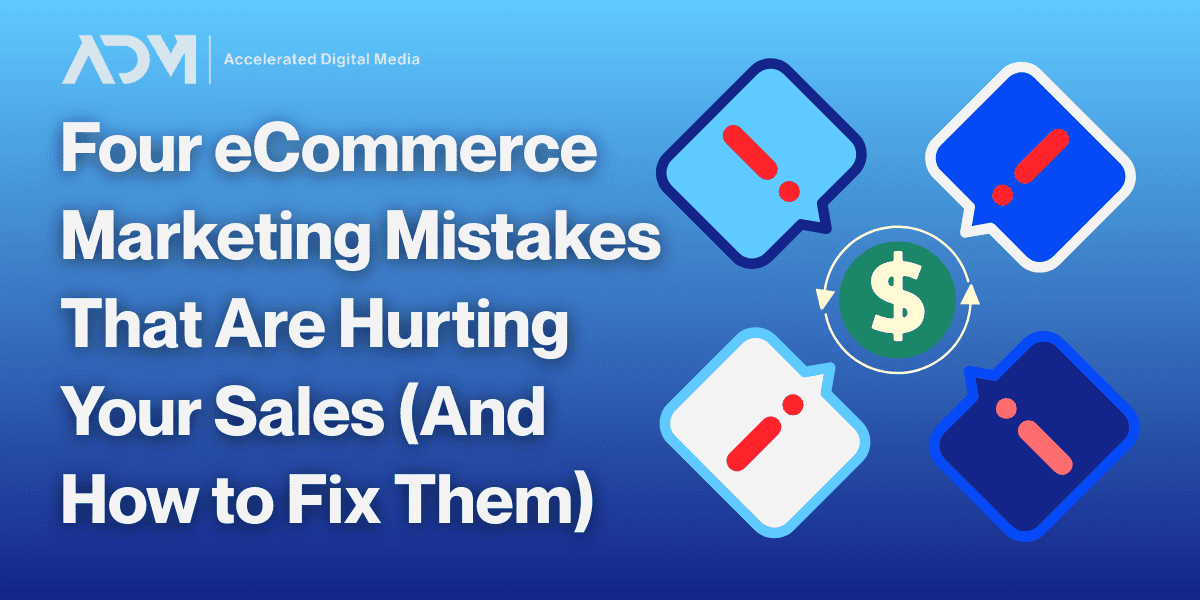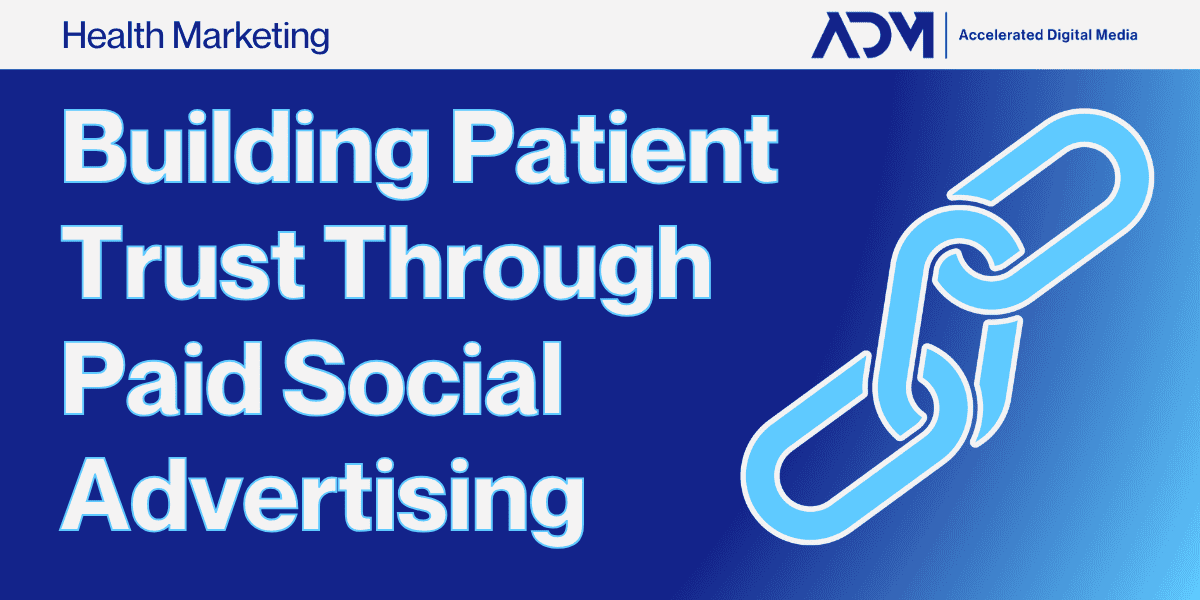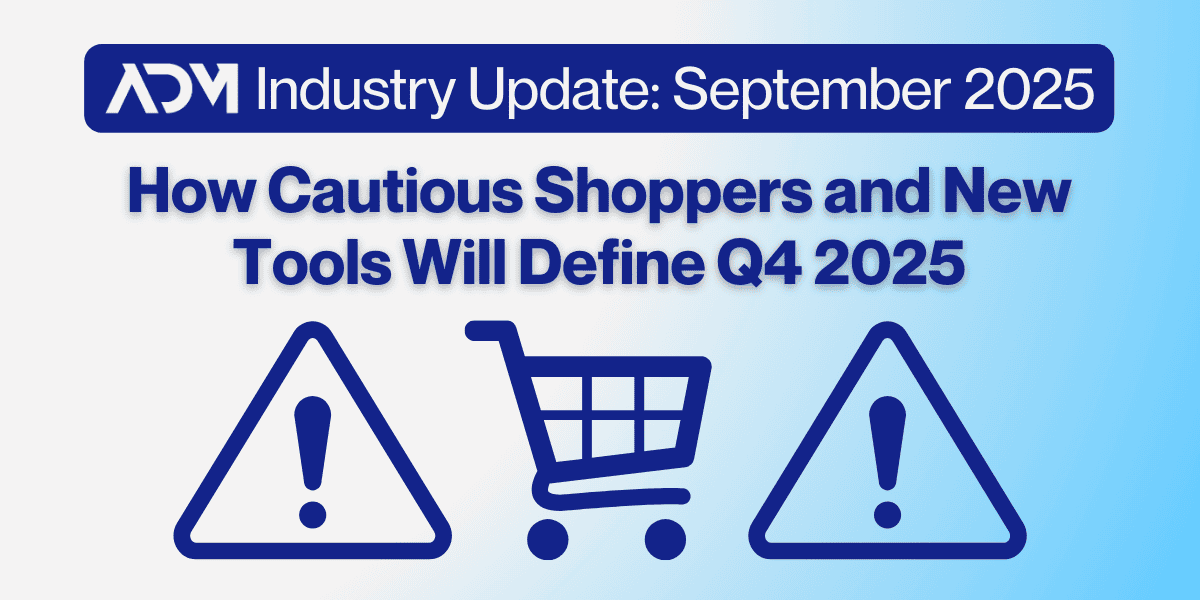For most eCommerce brands, digital marketing is the lifeblood of their business. You can have the best products in the world, but if the people who might love them never see them—or aren’t presented with them in the right way—then it’s all for naught. Now, with the sheer volume of competition on channels like Google or Meta Ads, there’s very little margin for error in your digital marketing program.
But still, many eCommerce businesses find their way to making significant errors in their marketing—and it hurts them. As an award-winning eCommerce marketing agency, we often see the same mistakes repeated when auditing prospective clients or taking on accounts from internal teams and other agencies.
When done correctly, a great digital marketing strategy forms a feedback loop with your eCommerce operations. It should teach you more about your customer base and their preferences to help you make decisions that can influence everything from product ideation to creative messaging to fulfillment.
In this blog, we’ll lay out 4 of the biggest eCommerce digital marketing mistakes you can make—and explain how to avoid or fix them.
Over-Segmenting Your eCommerce Campaigns
The Mistake:
At certain points in the past, it may have seemed logical to segment every single product line and product your eCommerce brand offers. That, in theory, gives you more granular control so you can emphasize certain products at certain times and balance spend between areas of need.
But creating too many unique campaigns or ad sets across to cover your product range is actually a mistake. Not only can over-segmenting your market campaigns spread your budget too thin, it is counterintuitive to the ways that digital marketing platforms currently function.
The Solution:
Intentional consolidation has become the name of the game in digital marketing. That’s in part because digital marketing has evolved significantly. Many of the most powerful campaign types now—like Google’s Performance Max and Meta’s Advantage+ options—function across formats and rely heavily on AI to determine their audiences, placements, and even the particular products they showcase to specific users.
Because those campaigns are so effective at delivering ads on a per-user basis, there’s less need to divide up your products to ensure that every last one is serving x number of ads and spending y dollars each month: Ads are distributed based on their effectiveness in driving sales.
Now, that doesn’t mean you should solely run one big Google Ads and Meta Ads campaign and leave it up to the algorithms to decide what happens. You should still ensure that your campaigns are purposefully segmented based on factors like product categories or target locations. That might mean “shoes” are in a separate campaign from “shorts”—though a limited-time seasonal collection that includes both shoes and shorts could still be marketed through its own campaign if that’s conducive to your sales goals.
This is where brands can learn a lot about their eCommerce business, and they’re sometimes surprised. Once the AI has started connecting user tastes with ads, the products you thought you should be highlighting might not sell as well as an older product that was lower in the pecking order. A well-structured, consolidated campaign approach doesn’t just keep you from spreading your budget too thin: It can give you serious business insights, too.
Inconsistent Branding and Messaging
The Mistake:
Reaching the right audiences with the right products is half the battle: Giving them a reason to buy those products is the rest. Messaging and creative should align with the impression that you want prospective customers to get from your brand. But within that, when selling to a diverse array of audiences, you should be tailoring the language and offers used to them. A user should never receive an ad and instantly wonder whether or not it was intended to reach them.
The Solution:
Users today are so used to receiving highly-targeted digital marketing ads that it stands out when they see something that doesn’t speak directly to them. To deliver coherent, convincing eCommerce ads, your marketing team needs to thoroughly understand your branding, your audiences, and your sales funnel—and they need to align those based on how your campaigns are segmented.
For instance: A quality men’s casual shirt will appeal to men, but it can also be advertised as a gift option for their families or spouses. Be specific to the audience and the intent you are trying to match. By this point, users are so acclimated to seeing ads you’ll leave those spouse and family audiences more confused than intrigued.
This focus can influence ad style decisions, too. User-generated content (UGC) is an extremely effective and widespread creative style. If your brand typically presents itself with high-production television-style creatives, however, it will be jarring to your audience if you suddenly serve them a video of an influencer incorporating your product into a TikTok trend—no matter how much fun it looks like the other brands are having with it.
Failing to Align eCommerce Marketing With Inventory
The Mistake:
There’s nothing more disappointing for your customers than clicking an ad for a product they really want and finding out they can’t actually get it. This can be especially pertinent during high-traffic periods, like the holiday season or other major sales events. If your marketing isn’t synced up with your inventory, you can create those frustrations—and if they happen frequently enough, it can hurt your brand and sales in the long run.
The Solution:
Staying on top of your inventory across multiple digital marketing channels can be a challenge, because they can all integrate with it in different ways. That means you’ll need to be proactive about avoiding discrepancies by doing things like:
- Maintaining strong and consistent communication between your operations and marketing teams
- Automating updates Google Ads and Meta Ads shopping feed updates through your inventory management system
- Creating alerts in your shopping feeds to flag potential low-inventory situations so ads can be updated accordingly
Selling out of a product can be a good thing—it indicates that people really want the product, after all. If an item is out of stock, you don’t necessarily need to remove it from your product campaigns—but it will force you to have solutions in place, like pre-order options or waiting lists, if it will be a long time before that item is restocked.
Lack of Ad Testing
The Mistake:
The adage “if it’s broke, don’t fix it” doesn’t always apply in marketing. The digital world thrives on short attention spans, meaning in digital marketing, the messages and ad styles that work today aren’t going to work forever. It’s a mistake to lean on the same successful ad creative for too long—and a bigger mistake to not consistently test new ads to identify your next move.
The Solution
You never want to be changing your campaigns reactively, so to keep your creative pipeline full, your marketing should be based around a testing mindset. Continuously test new ad variations to engage a wider customer base and maintain freshness. You can text things like:
- Different ad copy
- Different promotional messages
- Video ad lengths
- Different image ads (text-on-ad vs. none, etc.)
- Different styles of product photography (on-model/in-use vs. standalone, etc.)
It is generally better to test new ad creative in existing core campaigns rather than standalone campaigns. Testing in existing campaigns streamlines the optimization process by allowing new creatives to work within the same campaign context as current ads—making use of the algorithmic learnings that we discussed in the prior point. At ADM, we recommend allocating as much as 10-15% of your channel budget to testing.
The Bottom Line
Mistakes in digital marketing can be costly, but they don’t have to be permanent. By consolidating your campaigns strategically, maintaining a continuous testing mindset, aligning marketing with inventory, and ensuring brand consistency, you can avoid the pitfalls that trip up many eCommerce businesses.
The best digital marketing strategies don’t just drive immediate sales—they create a sustainable feedback loop that informs everything from your creative approach to inventory planning. If your current strategy isn’t doing that, it’s time to rethink how your campaigns are structured.
If you’re looking to level-up your digital marketing efforts and maximize ROI, it’s worth partnering with an expert eCommerce marketing agency. For that, you’re welcome to reach out to the ADM team with any strategy questions you may have.




